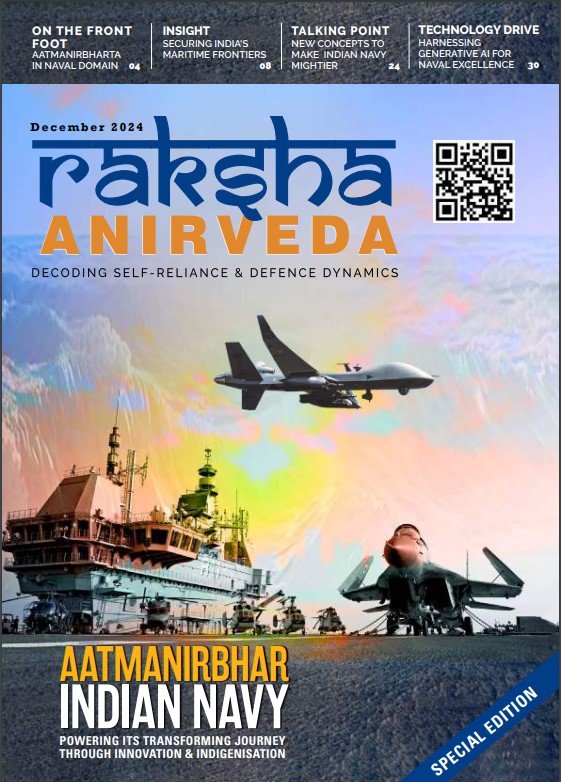New Delhi: Aditya-L1, India’s first dedicated space based solar mission, has made a ground-breaking observation from its scientific payloads- capturing the first-ever image of a solar flare ‘kernel’ in the lower solar atmosphere, namely the photosphere and the chromosphere, in the images recorded in the Near Ultra-violet (NUV) band. This observation and associated scientific results marks a major step in understanding the Sun’s explosive activity and its impact on Earth.
Aditya-L1 mission was launched on September 2, 2023 by ISRO PSLV C-57 rocket. On January 6, 2024 the spacecraft was successfully placed in a large halo orbit around first Earth-Sun Lagrange Point known as Lagrange Point L1. The L1 point is 1.5 million kilometres away from Earth towards the Sun. The special vantage point L1 allows the spacecraft to continuously observe various solar activities without any eclipse and occultation’s. Its advanced instruments, including Solar Ultraviolet Imaging Telescope (SUIT), Solar Low Energy X-ray Spectrometer (SoLEXS), and High Energy L1 Orbiting X-ray Spectrometer (HEL1OS), work together to detect and analyse solar flares from Near Ultra-violet (NUV) wavelength to soft and hard X-rays.
SUIT payload is developed by Inter University Centre for Astronomy and Astrophysics (IUCAA) in close collaborations with various ISRO Centres. SoLEXS and HEL1OS payloads are developed by U Rao Satellite Centre (URSC), Bengaluru. SUIT can capture high-resolution images in 11 different waveband in NUV of the full solar disk or a specific region on the solar disk of scientific interest depending upon the scientific requirements. As different radiations of different wavelength leave the solar atmosphere from different height/layers, it allows scientists to study multiple layers of the Sun’s atmosphere to study their coupling and dynamics.
SoLEXS and HEL1OS instruments monitor solar X-ray emissions, which help detecting the solar flare activity. This collaborative approach and joint data analysis from different instruments of Aditya-L1, gives scientists a complete picture of how solar energy moves through different layers of the Sun.



